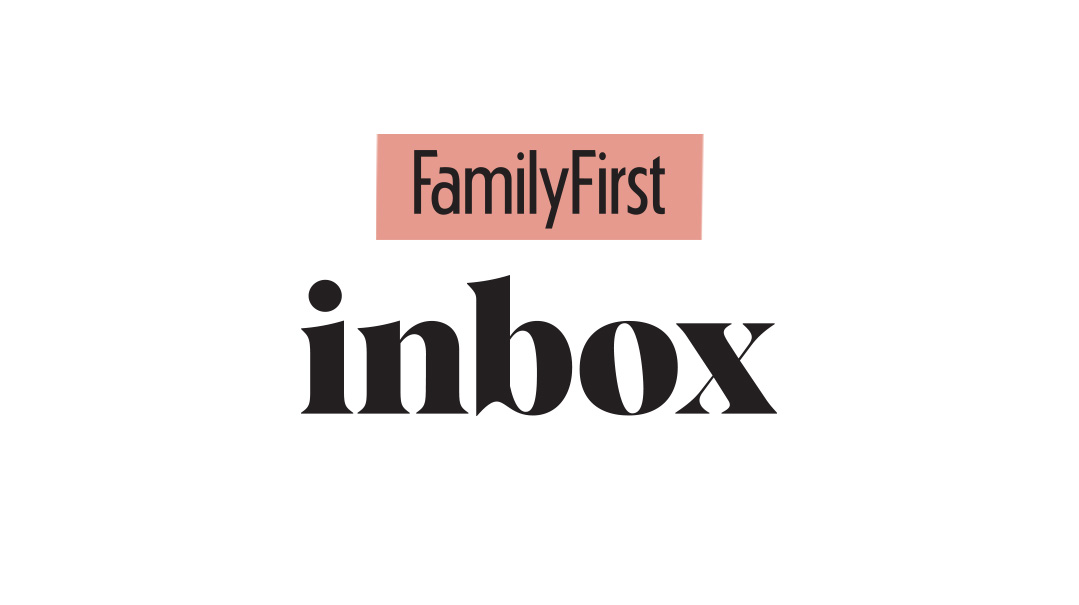Family First Inbox: Issue 938

“There’s a lot more that we factor into the fee than just the session alone”

Is This Trauma? [OYM / Issue 938]
I found it both ironic and refreshing that in the very same issue you published both an article on the complexities and costs of mental health in our frum community as well a write-up on a new childbirth trauma program in England, run by a former student of mine.
Also mentioned in the article about the cost of mental health was the best-selling book Bad Therapy by Abigail Shrier. In a nutshell, Abigail sums up the sorry state of mental health in today’s youth compared to previous generations. She brings statistical evidence — youth suicide rates are climbing, antidepressant prescriptions for children are common, and the proliferation of mental health diagnoses has not helped the staggering number of kids who are lonely, lost, sad, and fearful of growing up. What, she asks, has gone wrong with America’s youth? The problem, she argues, is not the kids — it’s the medical health experts.
She reveals that most of the therapeutic approaches have serious side effects and few proven benefits. Among her unsettling findings is the claim that “talk therapy can induce rumination, trapping children into a cycle of anxiety and depression.” Can this also be true of mothers who are primed for so-called childbirth trauma?
Let me be clear, I’m all for mothers being prepared for childbirth, and doulas who step up to the plate in their defense from abusive behaviors in the hospital and or birthing center. But is this trauma?
Esther Marilus
Can’t Take More Clients [The Best Therapy You Can Afford / Issue 938]
I really appreciated the article on the cost of therapy. I’m a therapist and have two children in therapy so I feel it on both ends.
I worked in a clinic for nine years before opening my private practice about two years ago, and I want to share some observations.
The first clinic I worked in wasn’t in our community. At that clinic, a pretty well-respected one, much of my supervision was focused on whether I put in the right code or not, especially as a starter therapist. The irony was that I got less supervision for what was happening in the session than I did for making the insurance company happy that week.
Interestingly, the next clinic I worked at for four years prior to opening my private practice was a firm-owned clinic. There, I had a lot more help with billing and often did that with a secretary versus my supervisor. The supervision sessions were much more intense and client-focused.
I had an excellent experience at the clinics I worked at, but unfortunately life being what it is, it wasn’t sustainable to have a life with some flexibility and still earn a decent living while staying at a clinic.
Initially, when I started out in private practice, I kept my fees significantly lower than my peers, thinking that I would be one of those that was more affordable. Seven months in, I realized I was barely making ends meet, and unless I raised my fees or took on an additional ten to twelve clients, there would be no way I could continue.
To the people not in the field, the answer to that would be to take on more clients. That’s the business model in most other businesses. However, in therapy, supervisors will often caution against taking too many clients, lest the therapist be impatient or tired when the client comes to the session.
I think most people assume you take $250 or $275 a session and multiply it by 35 to 40 clients a week. The reality is I take 16 clients a week and keep wishing I hadn’t gone above 13.
I deal with teens and that means there is a lot of drama and a lot of dealing with schools and parents. Trust me, I don’t bill enough. The reason so many therapists have stopped seeing teens is because of this!
There’s a lot more that we factor into the fee than just the session alone.
A Therapist
Brooklyn, NY
Over-Scrutinized [The Best Therapy You Can Afford / Issue 938]
What I find fascinating is that there is no other industry as over-scrutinized and overanalyzed on its fees as the mental health industry. The medical field or any specialty field charges fees greater than ours, and in a far less clear manner. My son’s braces weren’t covered by insurance, and I had been quoted one price by the orthodontist, only to find that every week they discovered a different problem and tacked on another fee. This wasn’t an isolated case.
There’s always the option for a client to go to a clinic. They’re choosing to come to someone in private practice for the private practice experience, whatever that means for them. And yes, that does come with a price tag of rent of said facility, insurance for said facility, and a smaller client load for a unique focus.
When I worked at a clinic, I clocked my hours and would never speak to anyone outside of those hours. So that meant if a school wanted to have a 30-minute meeting about the client, it would often come at the expense of that client slot. In private practice, I’m there a whole lot more for my clients for the many different moving pieces of their lives.
I’m not saying that there aren’t those who seem to be charging fees that are either exorbitant or completely not commensurate with their experience. But by and large, therapy will continue to be an expensive endeavor in private practice because of the very nature of what it costs to be in private practice
S.I., LCSW
You Did Make an Impact [Inbox / Issue 938]
I’m writing in response to Bashie Lisker’s essay about how she felt her teaching social studies didn’t impact her students, and a subsequent letter to the editor in which the writer states that although she wasn’t Mrs. Lisker’s student, she’s certain the impact of her words is felt.
I was fortunate enough to call Mrs. Lisker my sixth-grade social studies teacher. I wanted to let you know, Mrs. Lisker, that though it’s been six years since I sat in your class, I feel your impact to this day. Sixth grade was a hard year for me, and it was in your class that I felt happy and safe. Your projects and activities and even just the regular lessons impacted me tremendously. I remember being the one to tell you what our class was up to on many an occasion, and how proud I felt when I did so. And of course, I remember the stick you used to turn on the projector. Do you?
Anyway, I wrote this letter to you to tell you that yes, your forty-minute periods of teaching sixth grade social studies made a big difference in one lucky girl’s life. Thank you, and may you continue to make a difference in your young students’ lives.
C.K.
Get Life Insurance [Financing, Forlorn / Issue 937]
I very much identified with the article about the woman who was overwhelmed by financials when her husband died. My father died when I was young, and my mother had a similar experience, with one important difference — my father had up-to-date life insurance. While the experience was devastating for our family, and my mother struggled with taking over the finances, we never felt in need or needed to take tzedakah funds.
The almanah in the article mentioned that they did, indeed, have life insurance, but it wasn’t updated and therefore nowhere near enough for the needs of their family — a common occurrence. Probably even more common: not having life insurance at all.
Please, if you’re a parent, put the needs of your family first. Consider how your family would manage financially if you were, chas v’shalom, gone. Make sure to get insurance for the wife, as well — not only for her lost income, but for the cost of her childcare and homemaking.
Life insurance is something most people don’t want to think or talk about, let alone keep in the forefront of their planning. No one wants to think they will become a statistic. But statistics are made up of real people. Our hishtadlus includes making reasonable efforts to provide for our family, even if we’re no longer able to be there with them.
Name Withheld
(Originally featured in Family First, Issue 940)
Oops! We could not locate your form.




